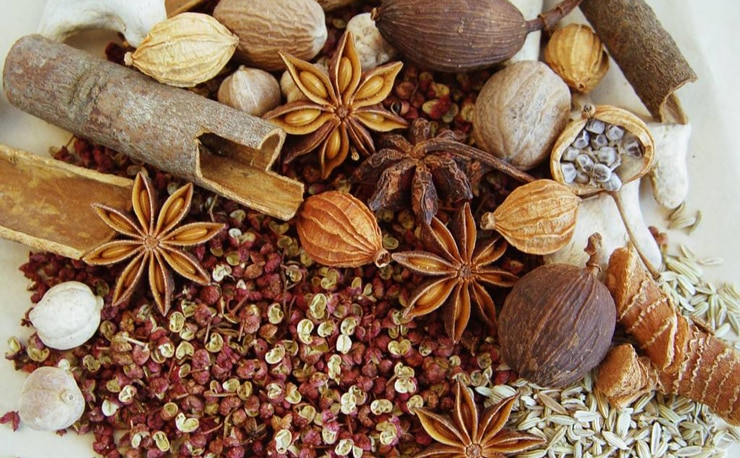Herbal extracts is an extract from a medicinal plant or herb, the most concentrated product in the form of a liquid or powder. The preparation of this product requires factory equipment.
Even some 100 years ago, extracts and tinctures of rare plants could be obtained only from “advanced” healers and healers. Just now you understand that it is quite difficult to produce such products at home. Therefore the quality of such tinctures is questioned. Another thing is now. On the shelves, you can find any product with the content of an extract. And via the Internet, you can order extracts of rare plants that we could not hear about before.
Extracts of plants and their properties
Some examples of extracts are:
- Hawthorn: circulatory stimulant.
- Aloe vera: anti-inflammatory.
- Horsetail: diuretic and remineralizing.
- Dandelion: digestive and diuretic.
- Valerian: tranquilizer.
- Ginseng: stress, physical or mental fatigue.
- Passiflora: insomnia, anxiety, nerves, and irritability.
- Elder: cold, febrile states, rheumatic diseases, dermatosis, cystitis.
- Harpago: anti-inflammatory.
- Green anise: carminative, diuretic.
- Mint: acidity, gastric pain.
- Echinacea: strengthens the immune system.
- Ginger: nausea.
- Melissa: Nervous.
- Thyme: antiseptic and antifungal properties.
- Marshmallow: anti-inflammatory properties and is an excellent expectorant.
Herbal dyes and herbal extracts are a great way to extract and conserve herbs and prolong their life by keeping active phytochemicals for up to four years. This process has been in use for thousands of years and makes the active ingredients of the plant easily absorbed by the body. In general, it is used to take the dyes three times a day, for 4 to 6 weeks, but apparently, the doses are subjective and can vary according to personal needs, always better to consult with an expert in the field.
Remember that, before starting with any herbal extracts, it is essential:
- Find the cause of the disorder by consulting a specialist.
- Eliminate harmful habits for health.
- Use well-identified plants.
- Avoid self-administration and consumption without medical control.
Phytotherapy and Phyto cosmetics are based on the application of active plant ingredients, obtained from medicinal plants, algae, fruits, and vegetables. The components used by Phyto cosmetics are obtained from different parts of plants (stems, leaves, fruits, flowers, bulbs, etc.), and are selected, purified, and treated during delicate extraction processes. The plant biological extracts are phyto complexes rich in vitamins, mineral salts, and active ingredients with therapeutic properties for the treatment and care of the skin and hair.
The dermatological properties of herbal extracts are many and varied so with Phyto cosmetics, almost all aesthetic needs can be met. Nature has put at our disposal a large number of plants that we can use both to nourish ourselves and to heal us. But the problem for humans since the beginning of time has always been the practical use of these plants. How do they adapt to cosmetic or therapeutic use? With the same plant, a series of different extracts can be obtained according to the method of preparation, the solvents used, the temperature of the extraction process, and the part of the plant used. How do they adapt to cosmetic or therapeutic use?
With the same plant, a series of different extracts can be obtained according to the method of preparation, the solvents used, the temperature of the extraction process, and the part of the plant used. How do they adapt to cosmetic or therapeutic use? With the same plant, a series of different extracts can be obtained according to the method of preparation, the solvents used, the temperature of the extraction process, and the part of the plant used.
There are two different procedures for obtaining plant extracts: mechanical pressure and extraction with solvents. The most used is the extraction procedure. The fresh or dried plants, cut into pieces, are treated with a liquid that will perform the extraction; usually water, a mixture of alcohol and water, glycerin, vegetable oils, etc.








